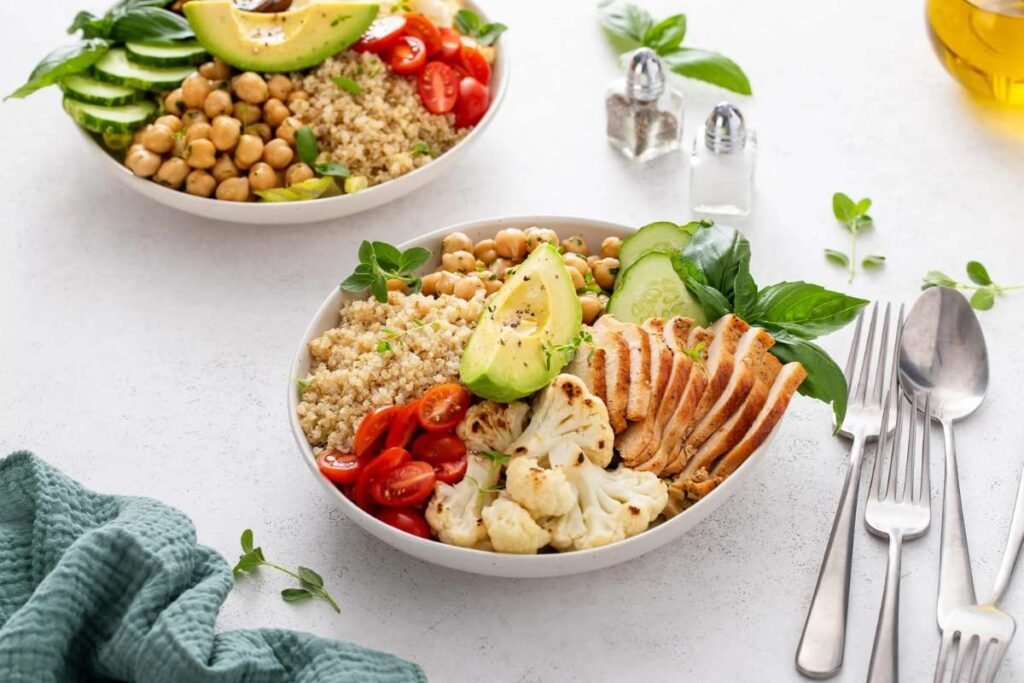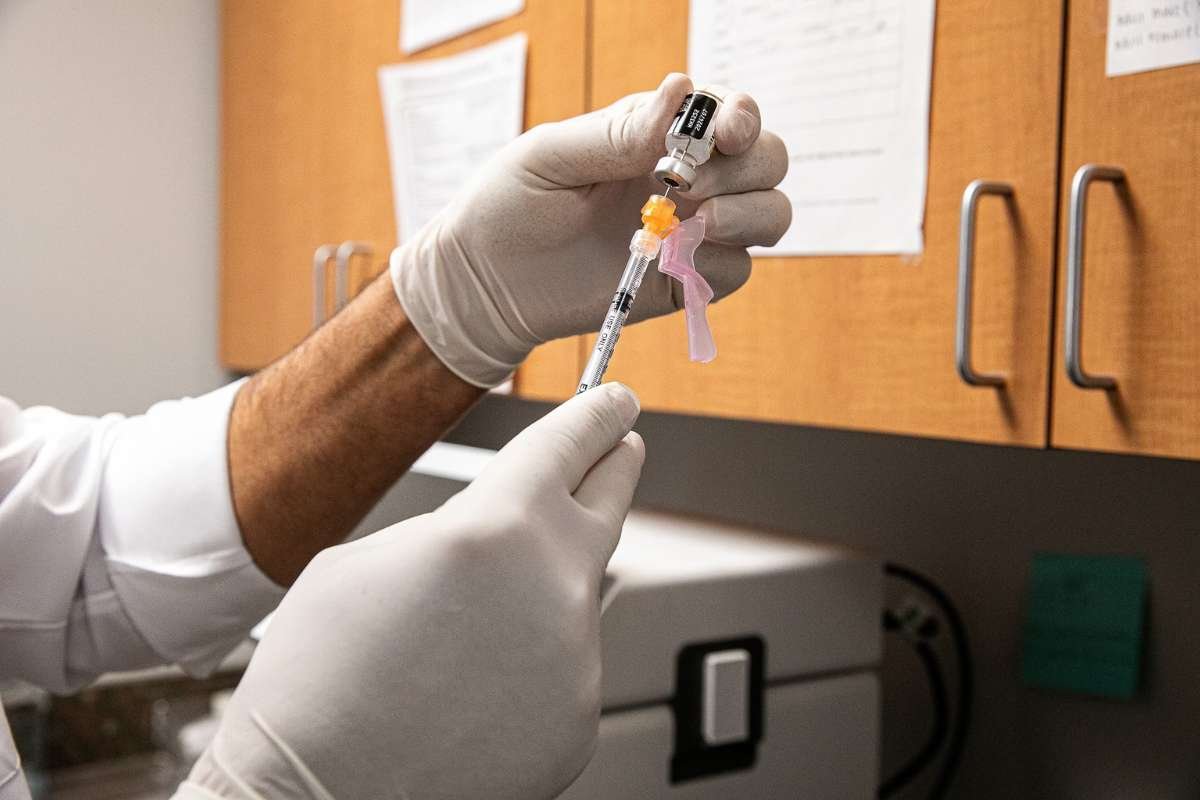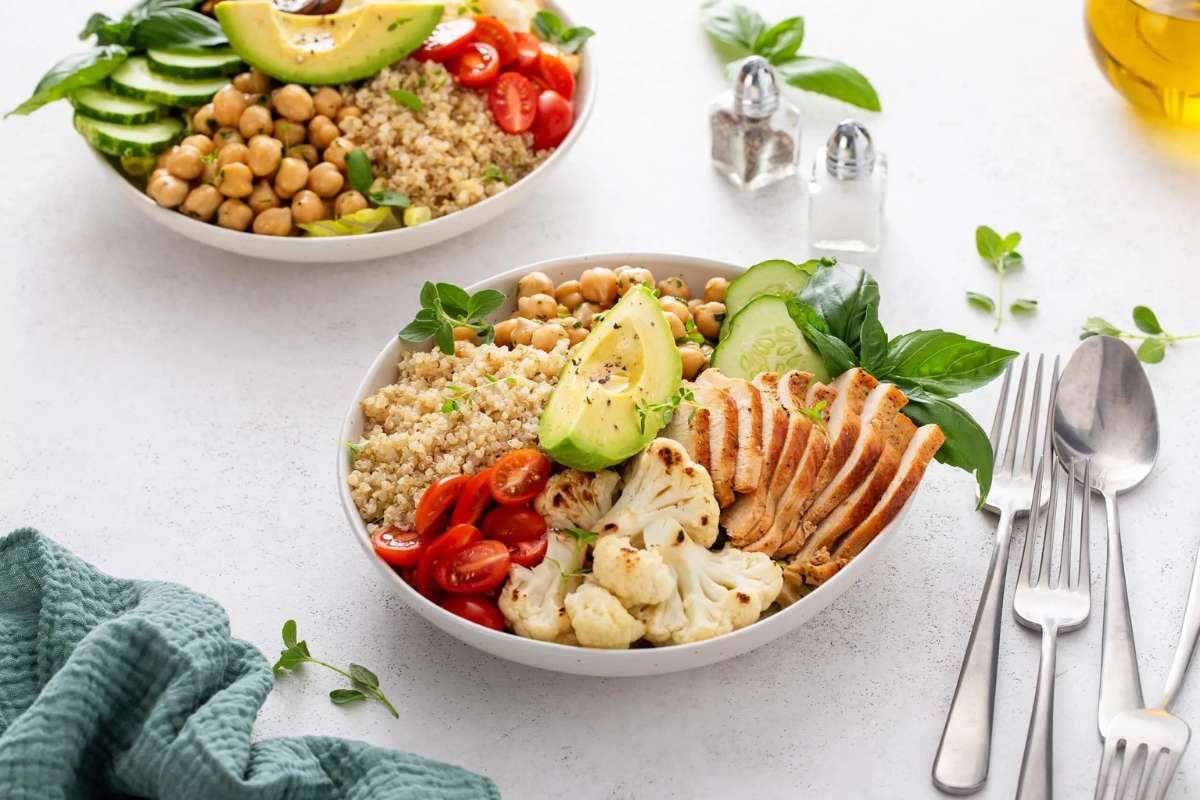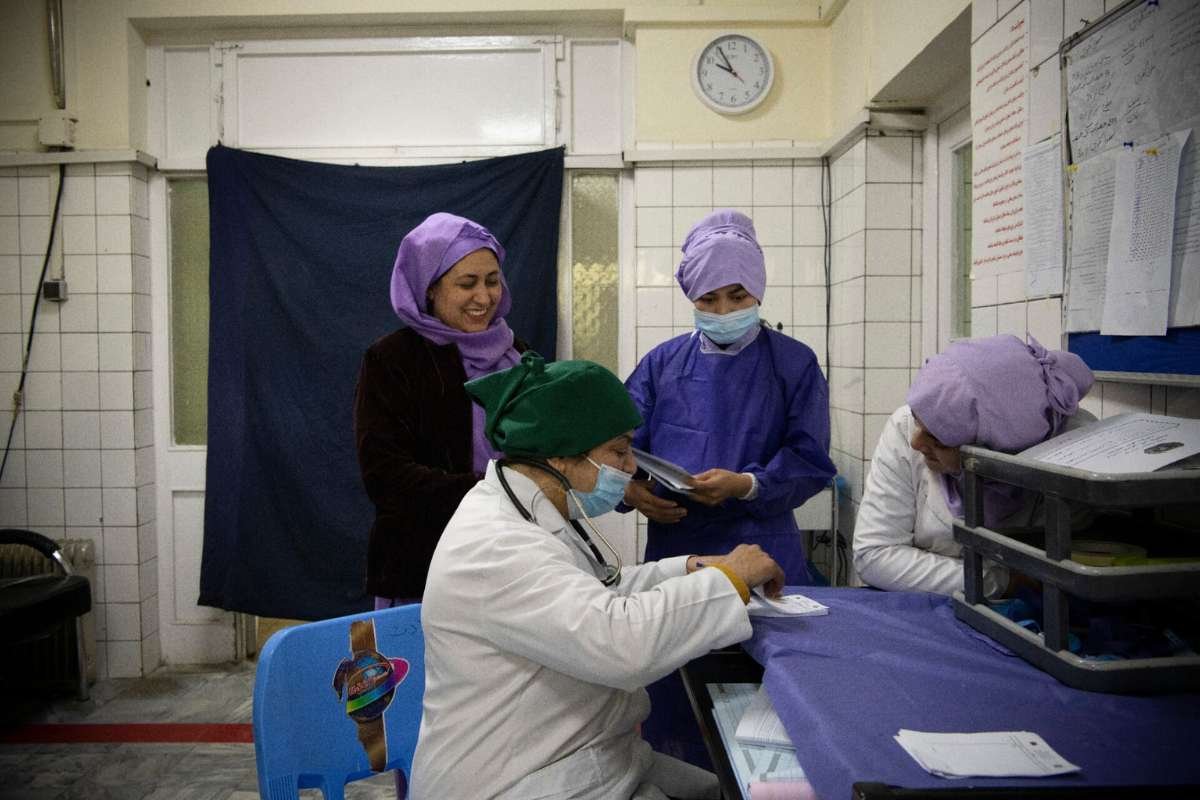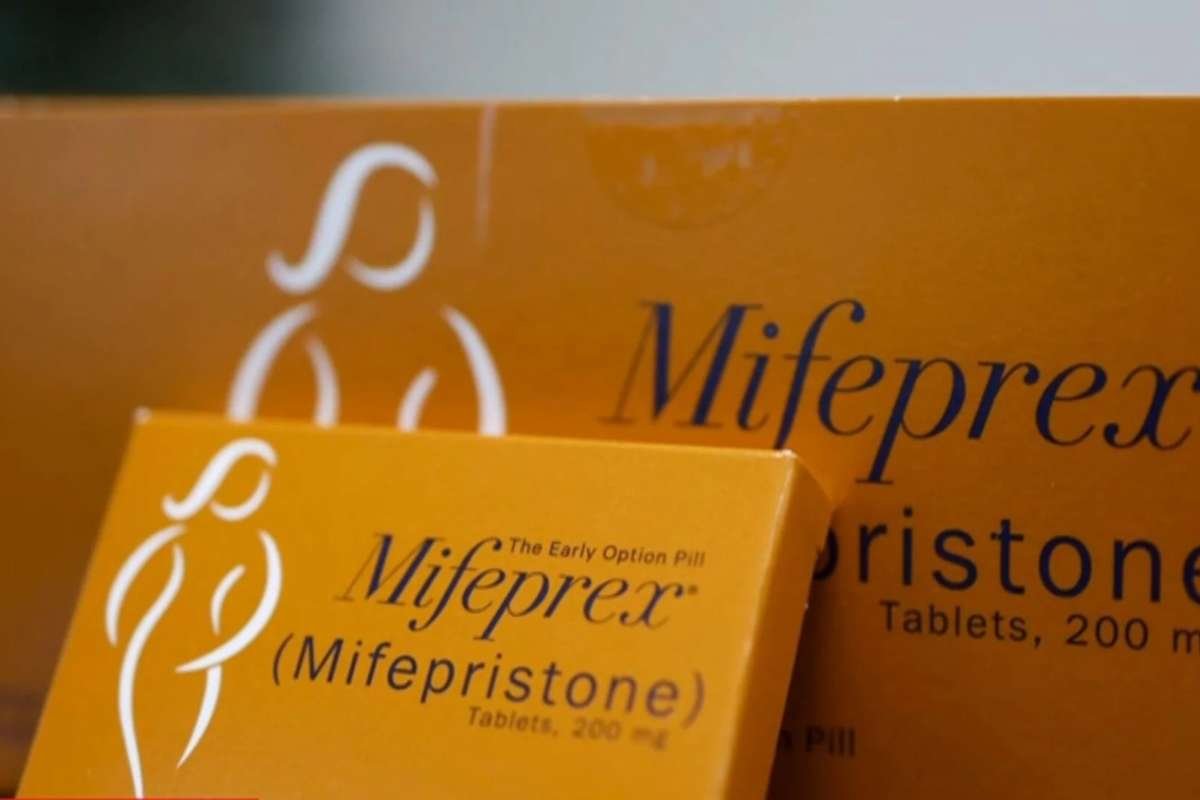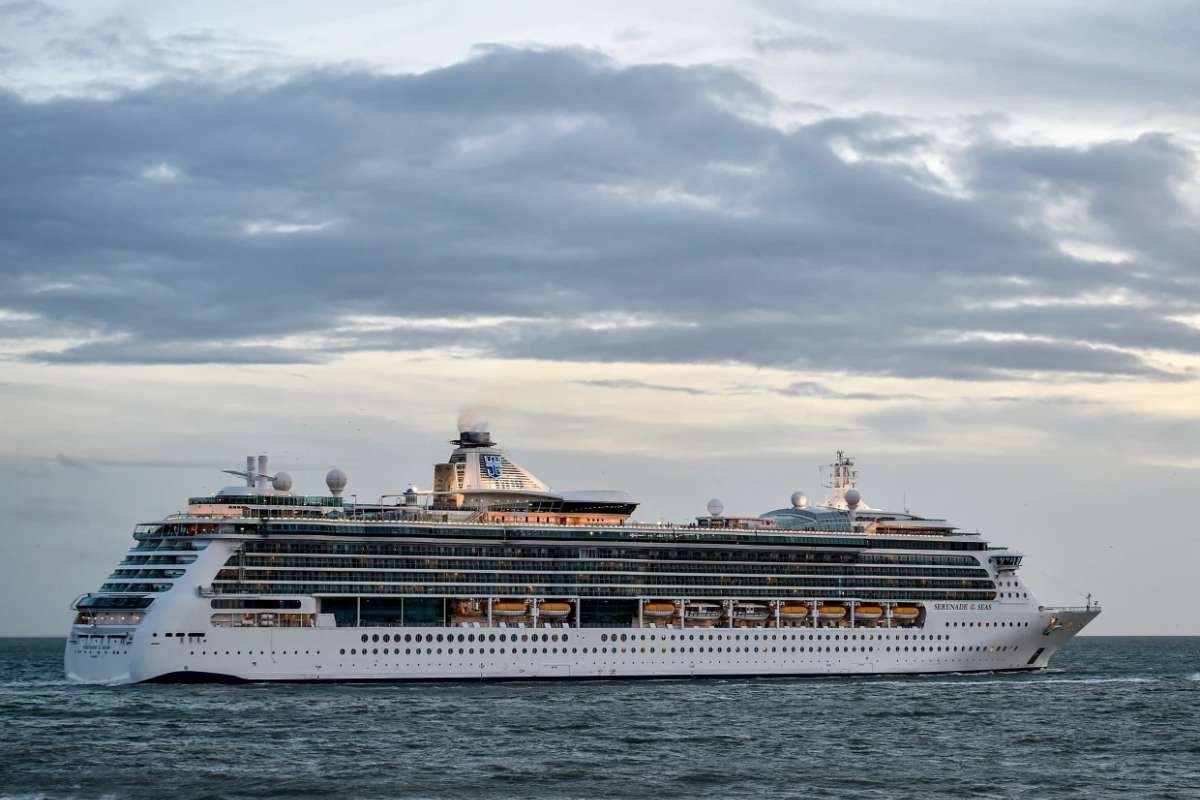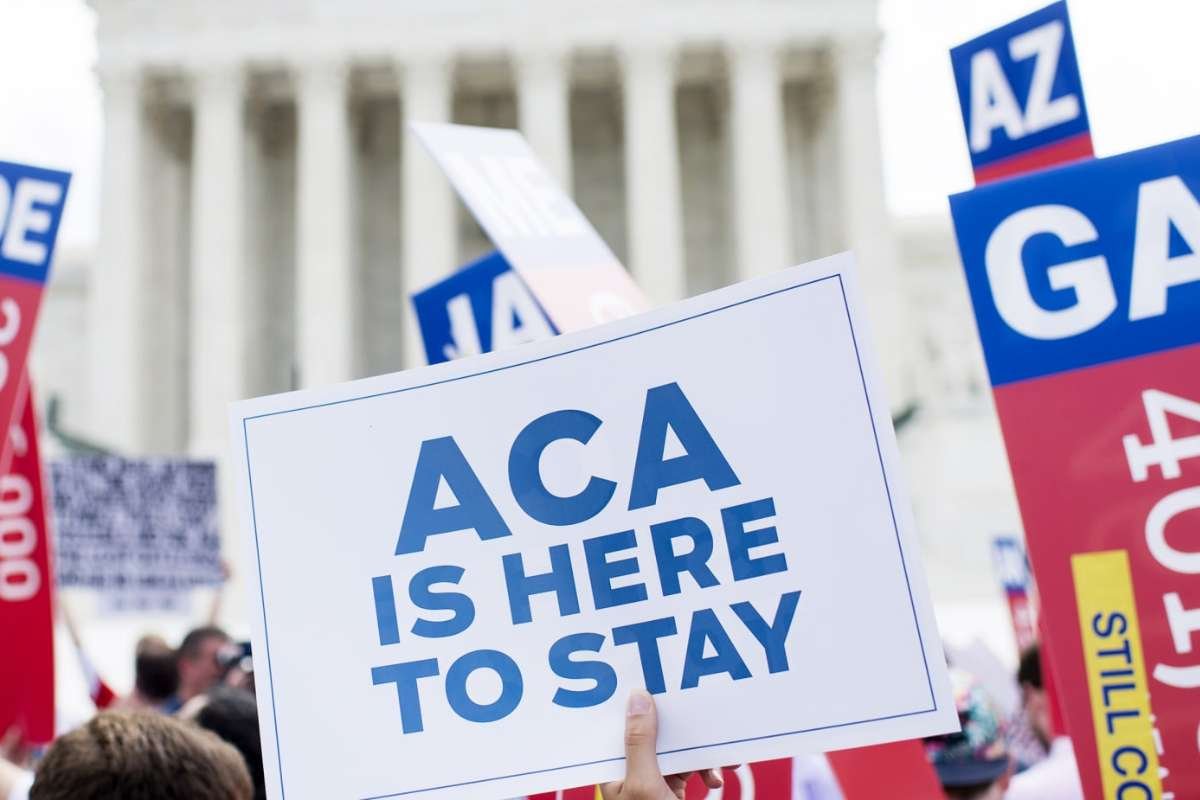Are you struggling with painful cases of diverticulitis? Wondering what you should or shouldn’t eat to reduce pain quickly? You’re not alone.
Managing diverticulitis starts with understanding the right foods to support your digestive health. A carefully planned diet for diverticulitis can help reduce inflammation, ease symptoms, and prevent flare-ups. Choosing the right balance of fiber, fluids, and easily digestible foods plays a crucial role in keeping your digestive system comfortable and healthy.
Whether you’re experiencing an active episode or aiming to maintain long-term gut health, following a proper diet can make a significant difference in managing this condition effectively.
In this article, we will be looking at foods and diets that can be useful in cases of flare-ups. But first, we must understand what diverticulitis is, along with its symptoms and causes.
Diverticulitis: What do you need to know?
Diverticulitis occurs when small pouches in the colon, called diverticula, become inflamed or infected. These pouches are common, especially in adults over 40, and often cause no problems until irritation occurs. Mild cases may only cause discomfort, while severe cases can lead to fever, infection, or blockages.
Eating the right foods can help the colon heal during flare-ups and prevent future attacks. Gradually moving from a clear liquid diet to a high fiber diet supports digestion, reduces pain, and strengthens the colon over time. There are several symptoms that can indicate diverticulitis. These generally include:
- Pain in the lower left abdomen
- Bloating or gas
- Fever and nausea
- Constipation or diarrhea
There are many things that can lead to diverticulitis. But the majority of the causes are:
- Aging
- Obesity
- Lack of physical activity
- Smoking
Diverticulitis can often go unnoticed. When symptoms show up, they can lead to a sudden flare-up. When this happens, you need to adopt certain diets to ease the symptoms.
Which Diet for Diverticulitis can help reduce symptoms?
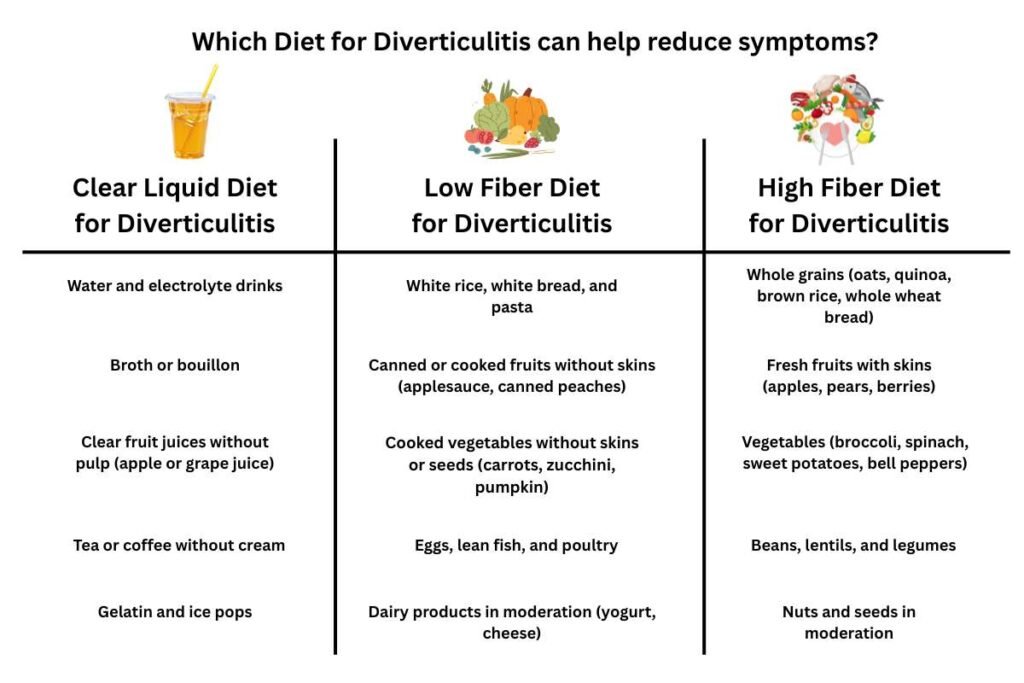
Managing diverticulitis through food requires time and patience. You start with a clear liquid diet and then slowly make your way to a low fiber diet. Only after healthy progress and improvement can you start a high fiber diet. According to Mayo Clinic, you should aim to eat five to six small meals a day. So, we have also provided a sample one-day meal plan for you, which includes snacks in between major meals.
1. Clear Liquid Diet for Diverticulitis
The clear liquid diet is the first step in a case of diverticulitis. It helps the intestines rest while keeping the body hydrated.
This diet works because it gives the digestive system a break. Liquids are easy to digest, reduce strain on the colon, and provide hydration and electrolytes, which are especially important if you have diarrhea or vomiting. By limiting solid foods and fiber, the colon can focus on healing while minimizing discomfort and nausea.
The foods included in this diet for diverticulitis are:
- Water and electrolyte drinks
- Broth or bouillon
- Clear fruit juices without pulp (apple or grape juice)
- Tea or coffee without cream
- Gelatin and ice pops
Sample Meal Plan:
| Breakfast | Snack | Lunch | Snack | Dinner |
| Apple juice, tea, gelatin | Water or ice pops | Chicken broth, clear apple juice | Popsicle or flavored water | Vegetable broth, water |
2. Low Fiber Diet for Diverticulitis
Once symptoms start to improve, a low fiber diet is recommended. It is gentle on the colon and eases the transition back to solid foods.
This diet limits the bulk of stools and reduces irritation in the colon. Eating softer, low-fiber foods allows the gut to gradually adjust to the digestion of solids without overloading the intestines. It gives the colon time to recover while still providing enough nutrition to maintain energy and health.
The foods included in the low fiber diet are:
- White rice, white bread, and pasta
- Canned or cooked fruits without skins (applesauce, canned peaches)
- Cooked vegetables without skins or seeds (carrots, zucchini, pumpkin)
- Eggs, lean fish, and poultry
- Dairy products in moderation (yogurt, cheese)
Sample Meal Plan:
| Breakfast | Snack | Lunch | Snack | Dinner |
| Scrambled eggs, white toast, applesauce | Yogurt or canned peaches | Baked chicken, mashed potatoes, cooked carrots | Plain crackers or clear soup | Baked fish, white rice, steamed zucchini |
3. High Fiber Diet for Diverticulitis
After recovery, a high fiber diet is essential for long-term gut health. Fiber softens stools, promotes regular bowel movements, and lowers pressure in the colon, helping prevent future rise in symptoms.
A high fiber diet can add bulk to stools and support healthy gut bacteria. It helps maintain regular bowel movements, reduces pressure in the colon, and strengthens colon walls, lowering the chance of diverticulitis returning. Gradually increasing fiber while drinking plenty of water prevents bloating and supports digestive health over the long term. The foods that you can now eat include:
- Whole grains (oats, quinoa, brown rice, whole wheat bread)
- Fresh fruits with skins (apples, pears, berries)
- Vegetables (broccoli, spinach, sweet potatoes, bell peppers)
- Beans, lentils, and legumes
- Nuts and seeds in moderation
Sample Meal Plan:
| Breakfast | Snack | Lunch | Snack | Dinner |
| Oatmeal with berries, chia seeds, or flax seeds | Apple slices with peanut butter | Lentil soup with whole wheat bread | Baby carrots or cucumber slices | Quinoa with roasted vegetables and grilled chicken |
By following one diet for diverticulitis after another, you can easily manage to reduce the symptoms. But if you are suffering from this illness, then there are certain foods that you need to avoid. What are they?
What are the Benefits of following these diets?
Following these three diets at various stages of diverticulitis is necessary. They go a long way in reducing any harm and pain that is caused. Let us take a deeper look at how they work.
1. Benefits of Clear Liquid Diet
During acute diverticulitis, the colon becomes inflamed and very sensitive. At this stage, a clear liquid diet is often recommended. Because these liquids leave minimal residue in the intestines, the digestive system can rest, allowing the inflamed colon to heal without being overworked.
A Study published in the Journal of Clinical Gastroenterology indicates that patients following a clear liquid diet during acute diverticulitis experienced reduced pain, less abdominal pressure, and faster symptom relief
2. Benefits of Low-Fiber Diet
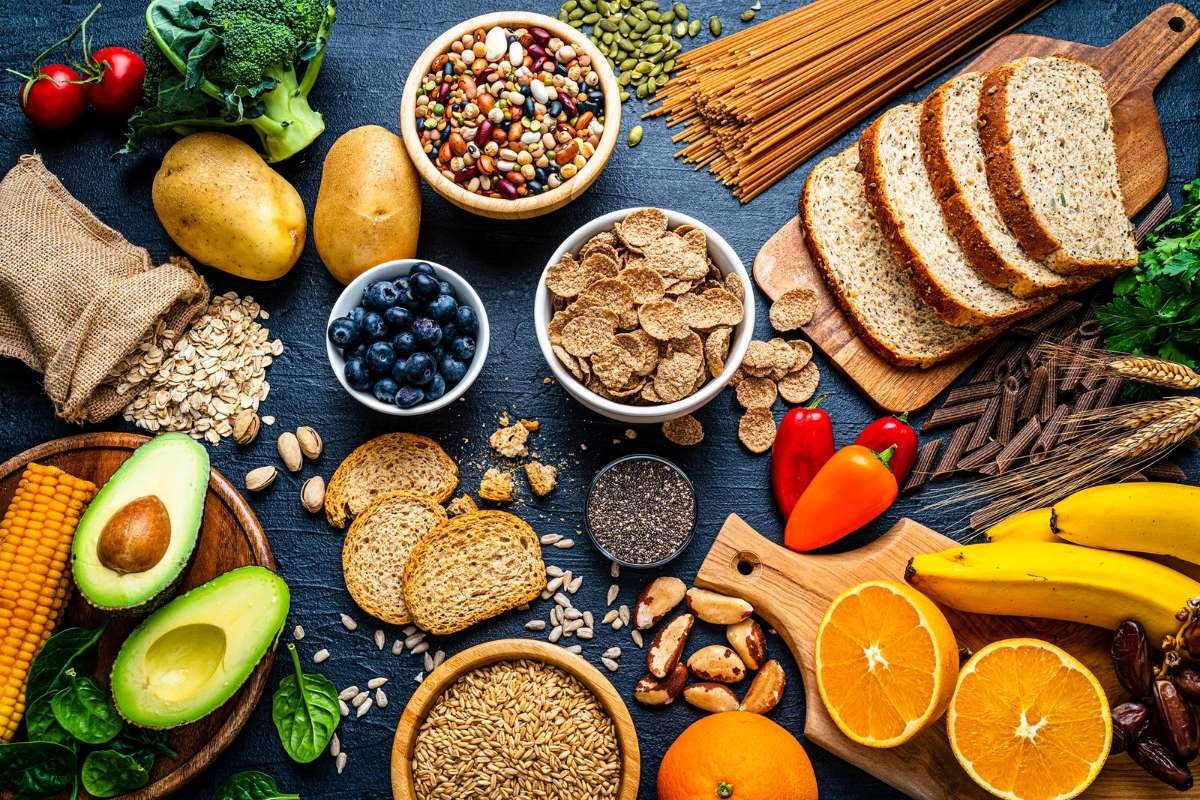
Once symptoms begin to subside, a low-fiber diet is typically introduced. This stage serves as a bridge between complete rest and normal eating. By limiting fiber and bulk, this diet reduces stool size and frequency, preventing additional stress on the healing colon. It allows the intestines to gradually resume normal digestion without triggering pain or bloating.
Research from Stanford Health Care suggests that patients on a low-fiber diet during recovery experience fewer gastrointestinal complications, improved comfort, and a smoother transition back to a more varied diet.
Also Read :- Can Supplements Help Digestive Issues? Here Are The Best Dietary Fiber Supplements
3. Benefits of High-Fiber Diet
After recovery, the long-term goal is a high-fiber diet, which is key to preventing future diverticulitis cases. Soluble fiber absorbs water to soften stools, while insoluble fiber adds bulk and helps move food efficiently through the intestines. Fiber also feeds healthy gut bacteria, which produce short-chain fatty acids that reduce inflammation and support colon health
Also Read :- How a Diabetic Meal Plan Can Help You Manage Your Sugar Levels?.
Foods to avoid when you have Diverticulitis
Some foods can irritate the colon, increase pressure, or make symptoms worse. Avoiding these foods helps reduce discomfort and lowers the risk of future attacks.
1. Nuts, seeds, and popcorn
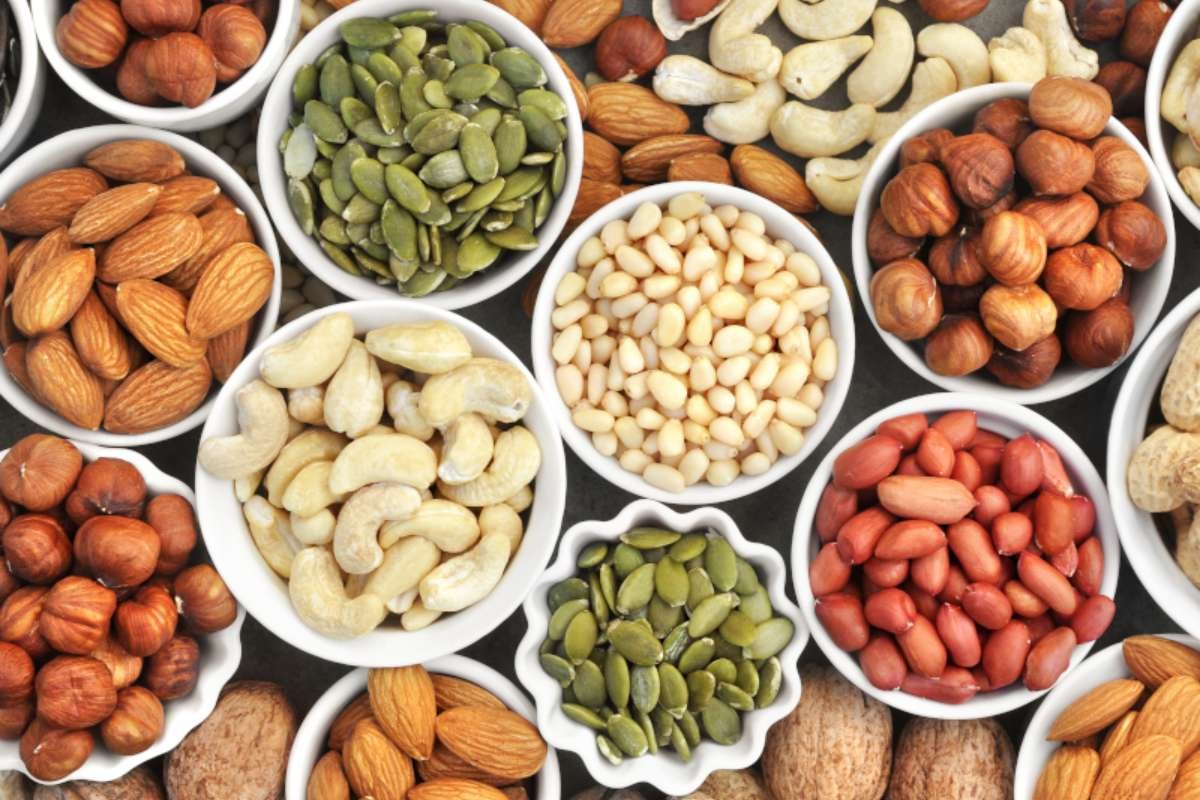
These foods can be difficult to digest, and small particles may irritate the diverticula or get trapped in the colon’s pouches. Many doctors recommend avoiding them as they can act as triggers.
2. Tough meats or fried foods
These foods are harder to break down and can cause slower digestion. Tough, fatty, or fried foods may increase bloating, gas, and abdominal pain by putting more strain on the digestive system. According to a study published in the National Library of Medicine, red meat increases the risk of diverticulitis.
3. Raw vegetables with skins
Vegetables like cabbage, cucumbers, and bell peppers are nutritious, but their skins and fibrous structure can be harsh. They can increase bowel pressure and cause discomfort when the colon is healing.
4. Spicy Foods
Spicy foods can irritate the intestinal lining and worsen inflammation. Processed foods often lack fiber but are high in fat, sodium, and additives, which may upset the digestive system.
5. Alcohol and excessive caffeine
Both alcohol and caffeine can dehydrate the body and irritate the digestive tract. They may also speed up or disrupt bowel movements, increasing discomfort or triggering symptoms.
Conclusion:
Managing diverticulitis doesn’t have to feel overwhelming. By focusing on the right foods and making small, consistent changes, you can ease discomfort. A proper diet for diverticulitis is really about giving your digestive system the support it needs to heal and stay strong.
Everyone’s body is different, so it’s important to listen to yours and work with your doctor to create the best plan. With the right approach, food can truly become part of your healing journey.

